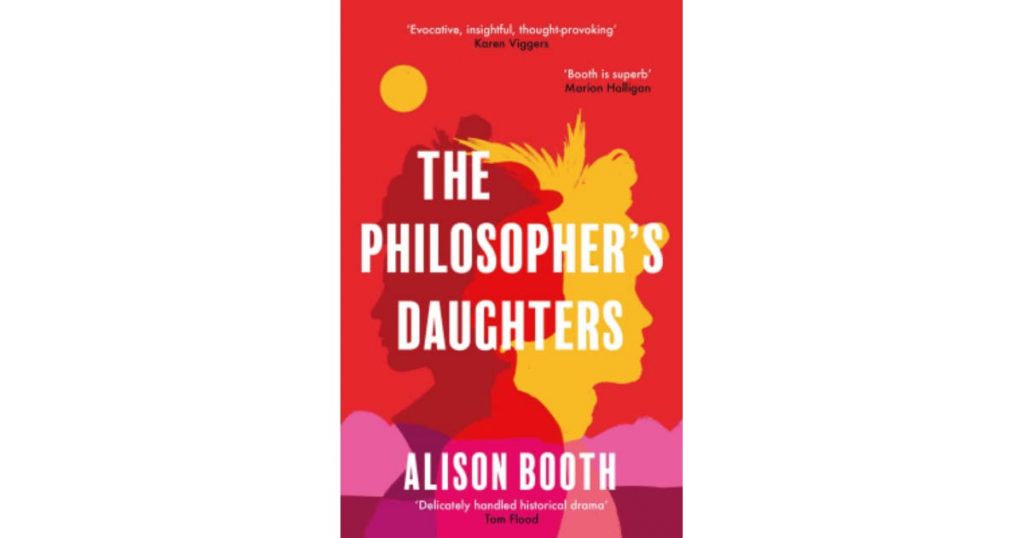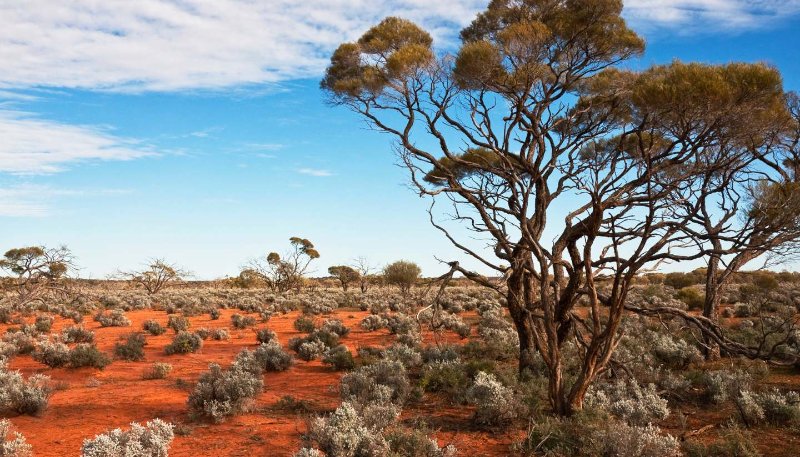The Philosopher’s Daughters, Alison Booth, Australia, 2020
 Centred around the unfortunate reality of inequality, The Philosopher’s Daughters is set at the end of the nineteenth century. Beginning in the conservative security of middle-class London, the story quickly spreads to the insecurity and the boundlessness of Australia. Life in Australia does not erase problems with equality – indeed, it manages to introduce more – but it does open doors to self-discovery. As Harriet, one of the daughters, says towards the end of the book: ‘I’m only just discovering who I am.’.
Centred around the unfortunate reality of inequality, The Philosopher’s Daughters is set at the end of the nineteenth century. Beginning in the conservative security of middle-class London, the story quickly spreads to the insecurity and the boundlessness of Australia. Life in Australia does not erase problems with equality – indeed, it manages to introduce more – but it does open doors to self-discovery. As Harriet, one of the daughters, says towards the end of the book: ‘I’m only just discovering who I am.’.
The widowed philosopher, James Cameron, has two daughters: Harriet, a painter, who takes after her father emotionally and intellectually, and Sarah, a pianist, who is more submissive. We are introduced to the family in 1890, when Sarah is eighteen and Harriet a few years older. Equality for women is an important focus for the family, and the two girls are somewhat active within the women’s suffrage movement. Harriet has already professed an unwillingness to marry, wanting to create and nurture her own identity. Sarah, on the other hand, feels that marriage need not obliterate identity, and happily accepts a proposal of marriage from Henry Vincent.

Henry, with an enviable background and all the right connections, has already spent time in Australia – in the High Country – and loved it, and decides that they should spend their honeymoon (at least two years) in Australia. Sarah is hesitant, but eventually gives in. In Sydney, Henry works as a stock and station agent before accepting a temporary position as manager on a station in the Northern Territory – Dimbulah Downs. Although Sarah has her misgivings, she decides that six months in the outback could be an interesting diversion.
Circumstances soon see Harriet follow her sister and brother-in-law to Australia and, eventually, to Dimbulah Downs. With Henry away in Darwin, overseeing cattle sales, the two sisters become acutely aware of the isolation, the vastness of the landscape and the disparity between Aboriginal and European social and legal structures. When they suddenly find themselves the targets of a couple of unlikeable station hands, they are both forced to re-evaluate what is important to them, as well as the many nuances of the word equality.
Although the book is a little slow in the beginning, Booth’s descriptions of the Australian environment, especially the bush, the birds, the light and the atmosphere, are commendable, and it is obvious that these are things she must have experienced at first hand. It is very easy for the reader to imagine him- or herself in the Northern Territory, coping with the heat, hearing the myriad insects, or simply trying to adapt to the primitive life style.

It is via the Aboriginal stockman Mike, articulate and creative, that Harriet is able to grasp the core meaning of equality. Harriet’s awareness of, and willingness to embrace, the ‘big picture’ with all its obvious difficulties makes her, for me, the more interesting of the two sisters. Sarah manages to delude herself that, in her relationship with Henry, she has always been an individual, only doing what she wants to do, even though it is apparent that, kind as he well may be, Henry is definitely making all the decisions. I really doubt that he would have done anything he did not want to do.
Inequality is still at the heart of many of this planet’s biggest problems, and one can wonder how far we have actually come in the last 150 years. There is much food for thought in Alison Booth’s book, which is well worth reading.